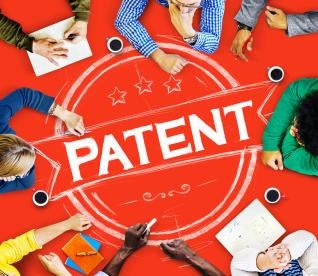It is often desirable to obtain patent protection for inventions both in Europe and the United States. As a result, competitors frequently look to Europe and the US as important jurisdictions for challenging the validity of a patent. Patents can be challenged at the European Patent Office by opposition or at the US Patent and Trademark Office by post-grant proceedings such as inter partes review (IPR). It is difficult to predict the occurrence or outcome of patent validity challenges. However, analysis of recent opposition and IPR proceedings indicates that European patents having a related US patent challenged by IPR were far more likely to be opposed, and that proceedings in related European and US patents are quite often decided in a similar manner.
A data set of IPR petitions filed between January 2014 and May 2016 that received a final written decision was reviewed.[i] 48% of the US patents challenged in those IPRs had a related European patent granted, with 26% of those European patents being opposed. Since only about 4-5% of all European patents were opposed in this time frame,[ii] European patents having a related US patent challenged by IPR were about five times more likely to be opposed.
Moreover, 37% of the opposed European patents having a related US patent challenged by IPR were in patent families having two or more opposed European patents (Table 1). Accordingly, a significant proportion of opposed European patents having a related US patent challenged by IPR were related to other opposed European patents.
Table 1
|
Opposed EP patents having a related US patent challenged by IPR… |
...were in a patent family having: |
|
3% |
two related EP patents opposed |
|
22% |
three related EP patents opposed |
|
12% |
four related EP patents opposed |
|
Total |
|
37% |
two or more related EP patents opposed |
As shown in Figure 1A, 57% of opposed European patents having a related US patent challenged by IPR were revoked as result of the opposition, 25% were maintained in amended form, and 8% of the oppositions were rejected. Comparison of these findings to all European oppositions in 2015 (Figure 1B)[iii] shows that opposed European patents having a related US patent challenged by IPR were nearly two times more likely to be revoked. Oppositions of European patents having a related US patent challenged by IPR were also about four times less likely to be rejected outright by the Opposition Division. Therefore, oppositions of European patents having a related US patent challenged by IPR were very successful for patent challengers, with 82% of patents being amended or revoked. Considering that 69% of all European patents opposed in 2015 were amended or revoked, oppositions of European patents having a related US patent challenged by IPR were even more successful for patent challengers.
Figure 1
Furthermore, analysis of opposition decisions in European patents having a related US patent challenged by IPR revealed that 90% of the oppositions had a similar result as the IPR (e.g., at least some claims found unpatentable in the IPR, and the patent revoked or maintained in amended form in the opposition). Only 10% of the oppositions had a different result than the IPR (e.g., all claims found patentable in the IPR, and the patent revoked or maintained in amended form in the opposition). Thus, the result of an opposition or IPR is indeed a strong indicator of the result of an IPR or opposition in a related patent.
European oppositions and US IPRs have proven to be valuable tools for patent challengers, even more so when used in parallel. As such, patent owners should expect such dual attacks for their valuable patents and take measures to strengthen their portfolios to enhance the chance of survival in post-grant challenges.
[i] Data are excerpted from Patent Office Litigation, 2nd Ed., Ch. 23, Peter Jackman and Lori Brandes (2017).
[ii] Data from the 2014 and 2015 Annual Reports of the European Patent Office (http://www.epo.org/about-us/annual-reports-statistics/annual-report/2014.html; http://www.epo.org/about-us/annual-reports-statistics/annual-report/2015.html).
[iii] Data from the 2015 Annual Report of the European Patent Office.





 i
i


